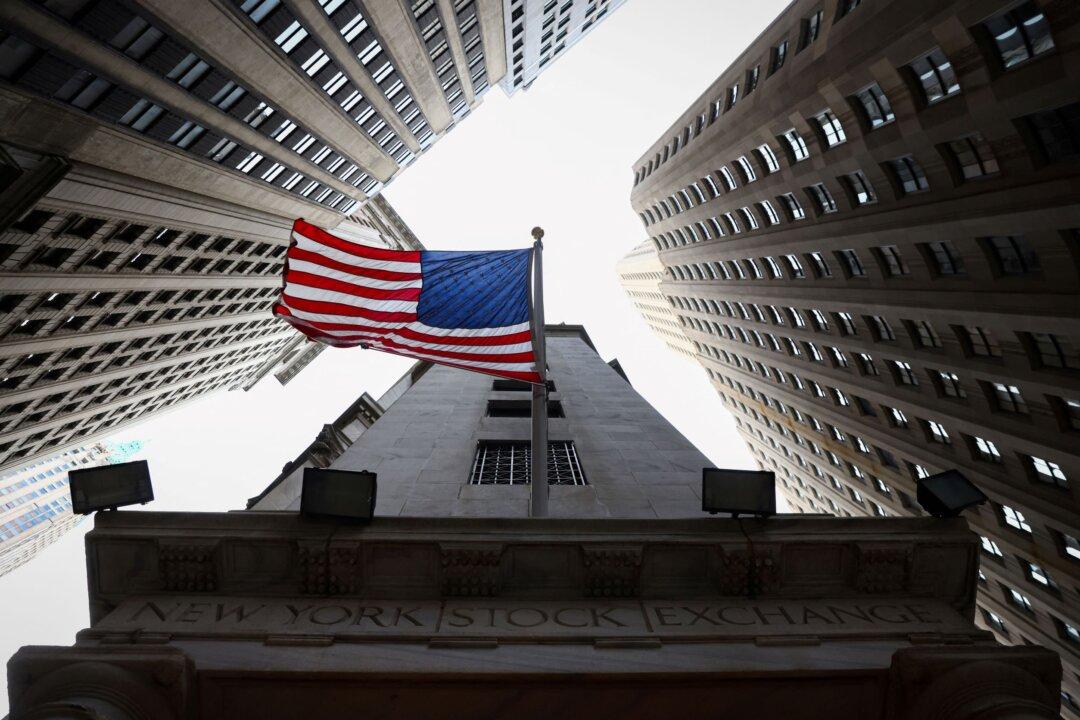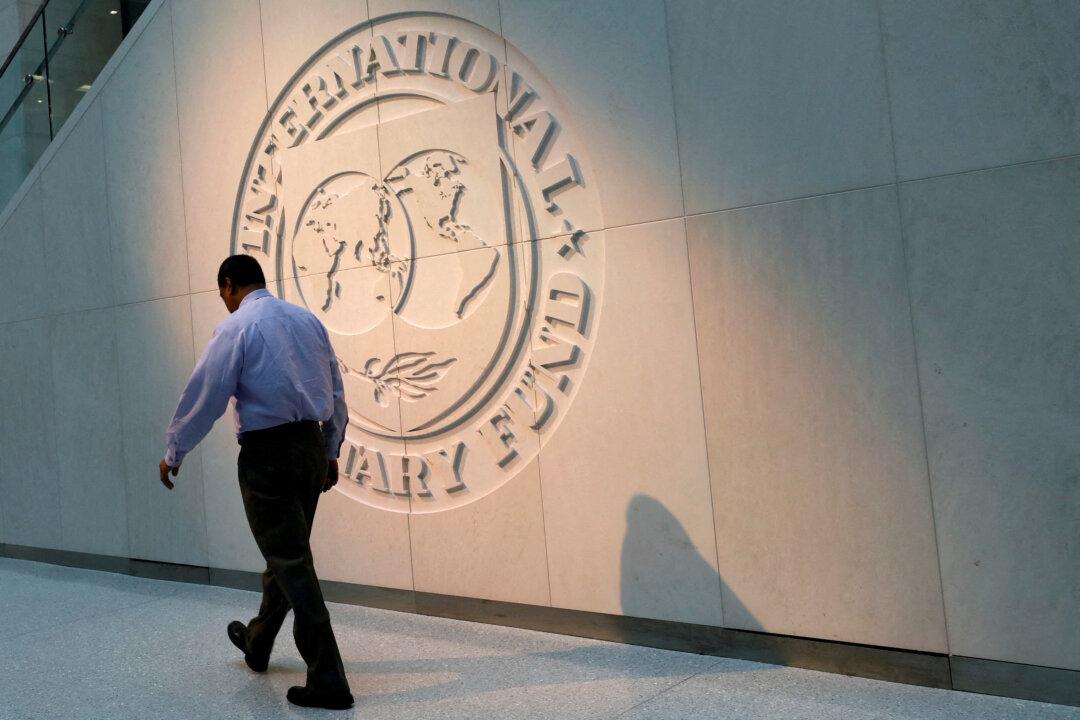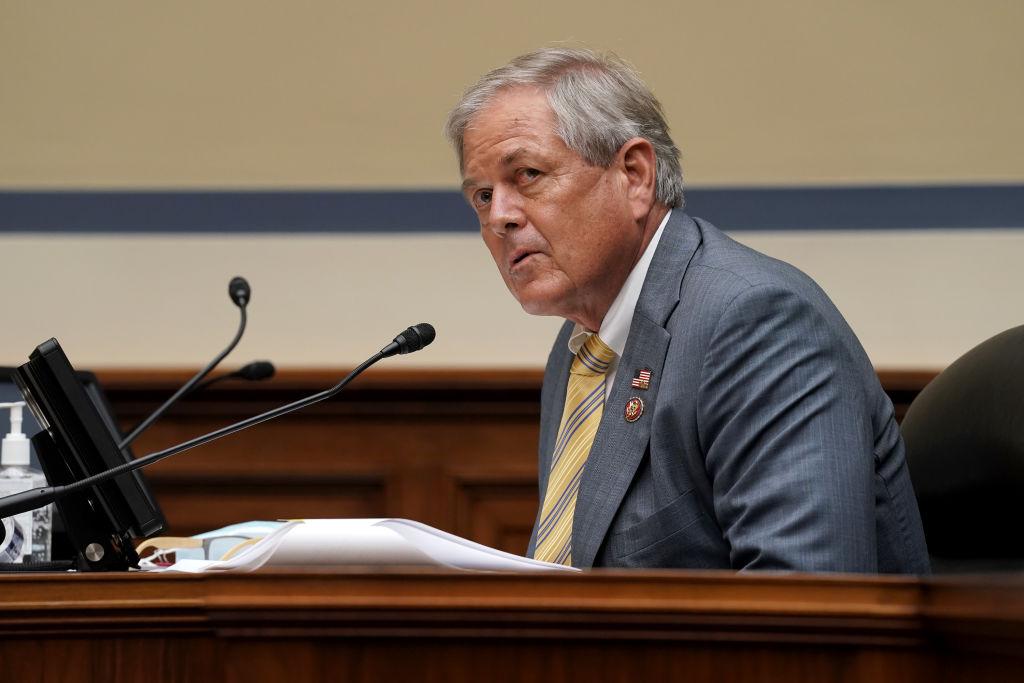Global equity issuance in 2022 plummeted by 66.6 percent from a year earlier to $351.76 billion, a level not seen since 2006, a new report by S&P Global Market Intelligence shows. The total value of initial public offerings (IPO) fell even more last year, down by 71.3 percent.
Corporate mergers and acquisitions (M&A) also slowed last year. The total value of global announced M&A deals fell by 35.8 percent year-over-year, to $2.983 trillion, the second-lowest annual total since 2013.




